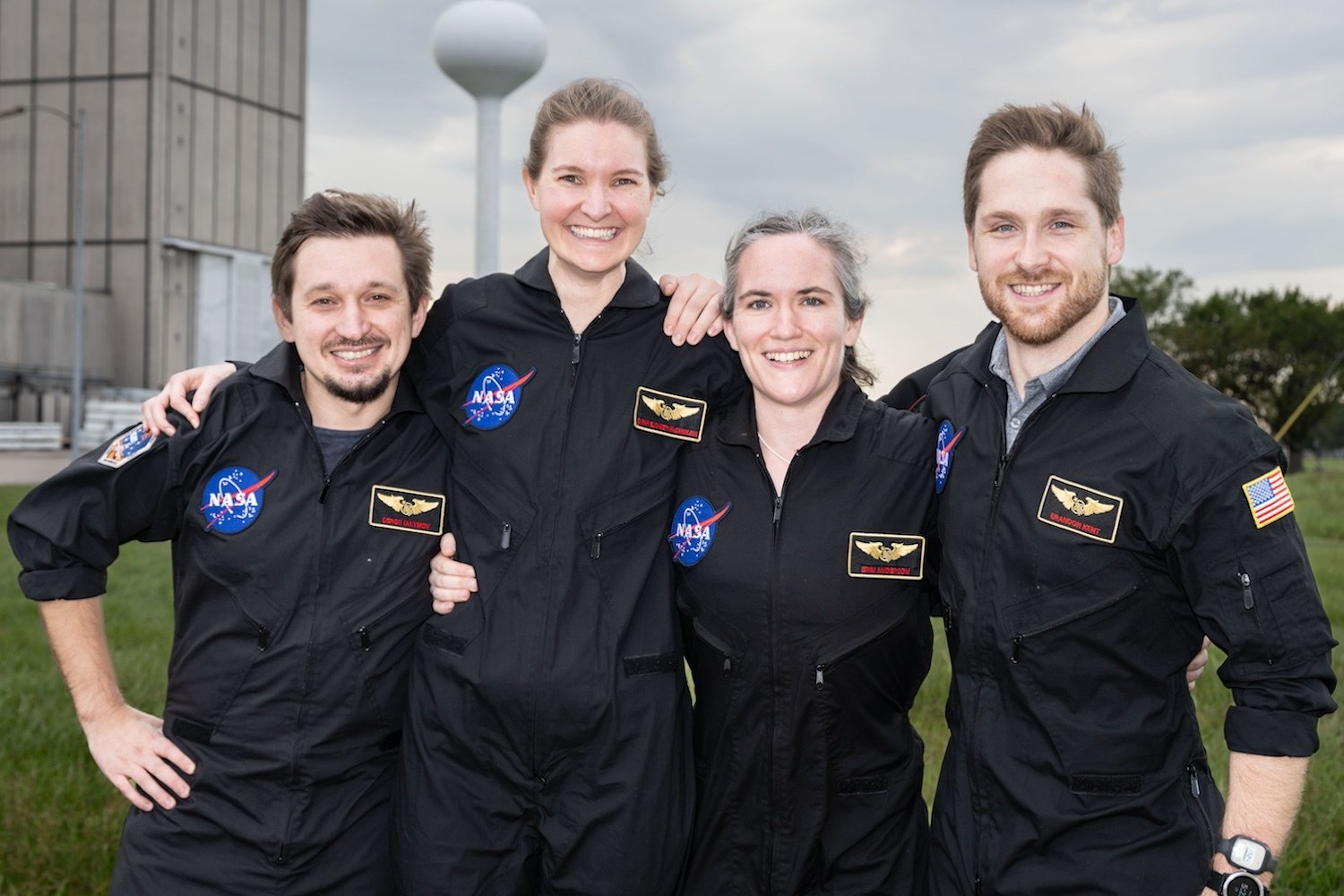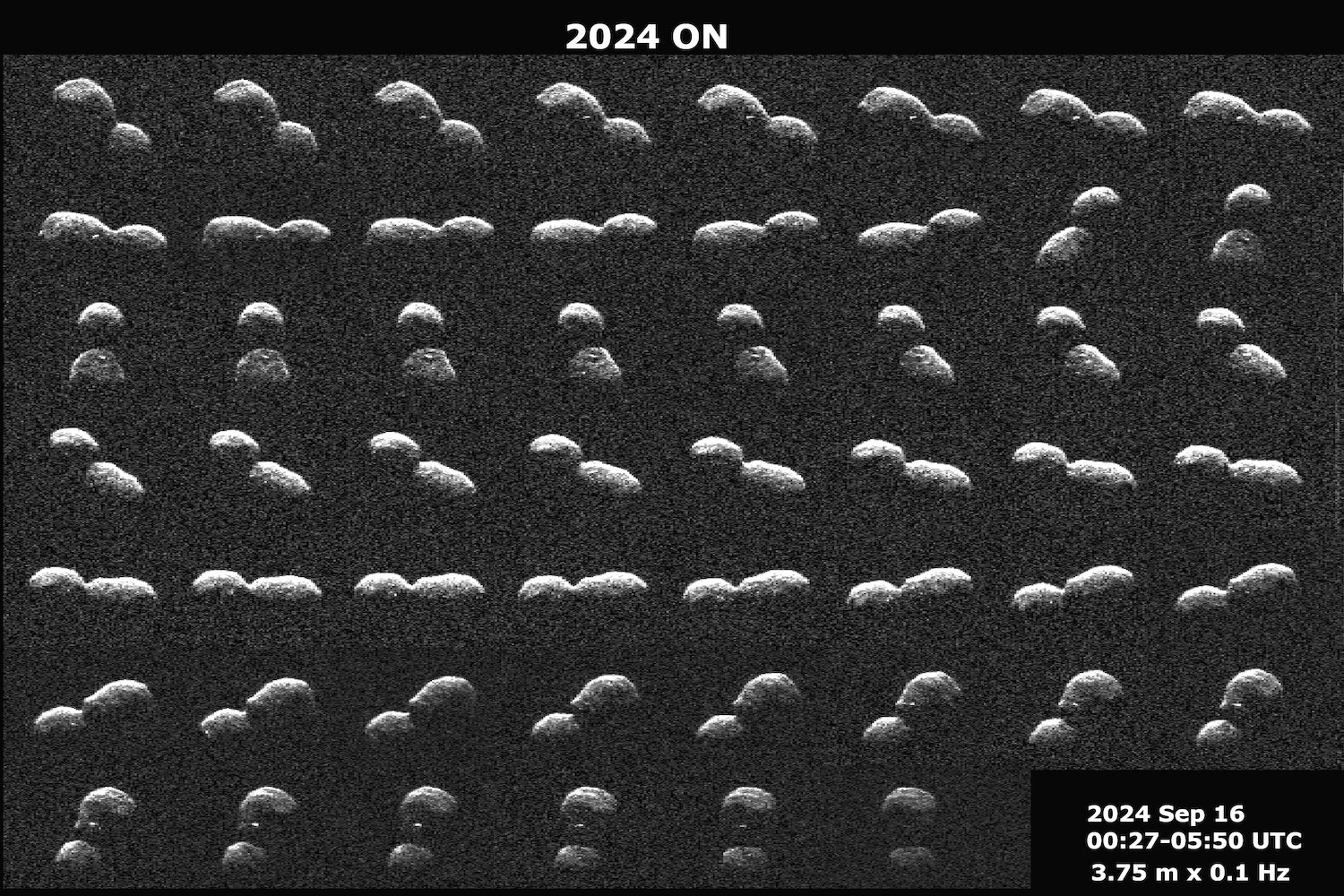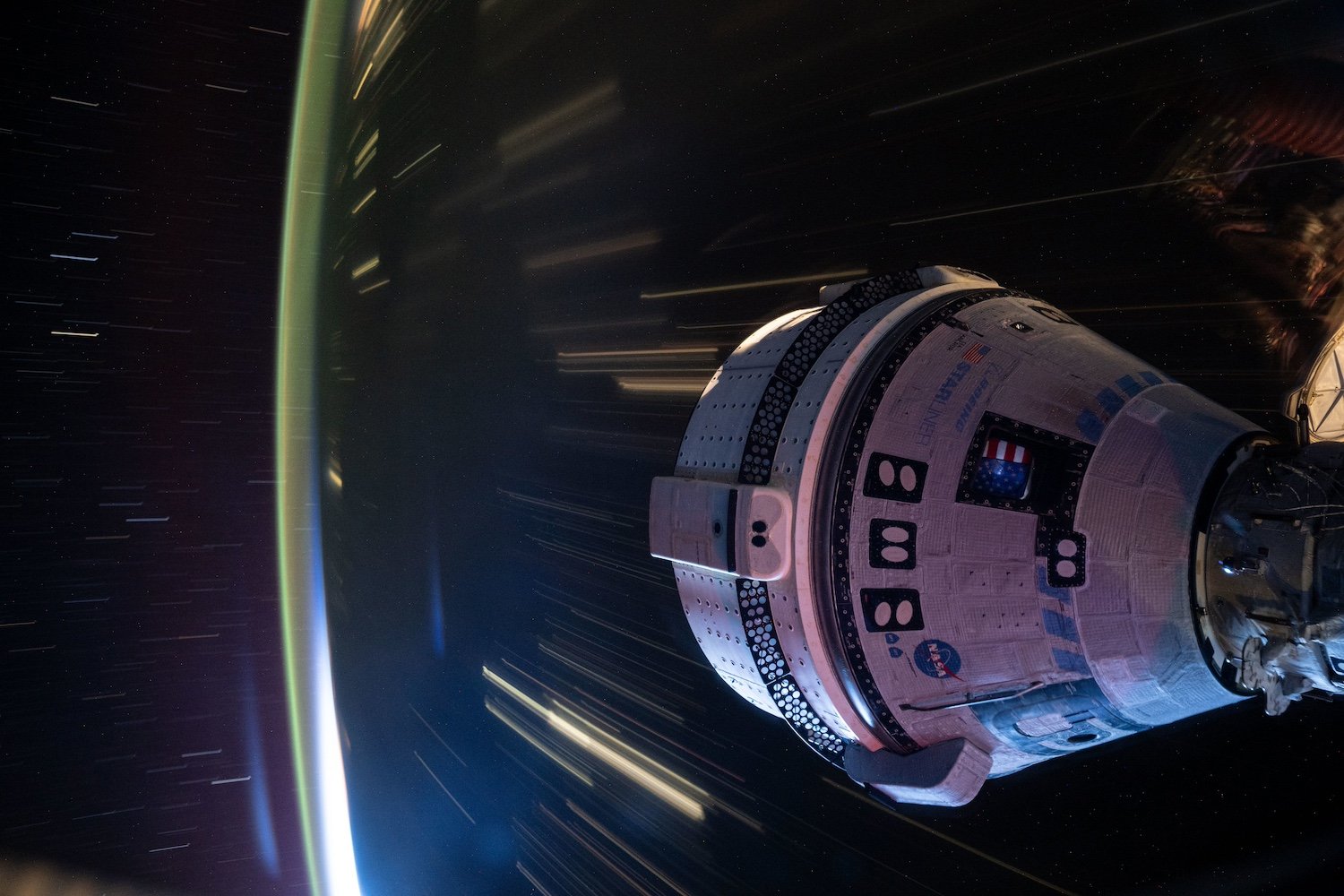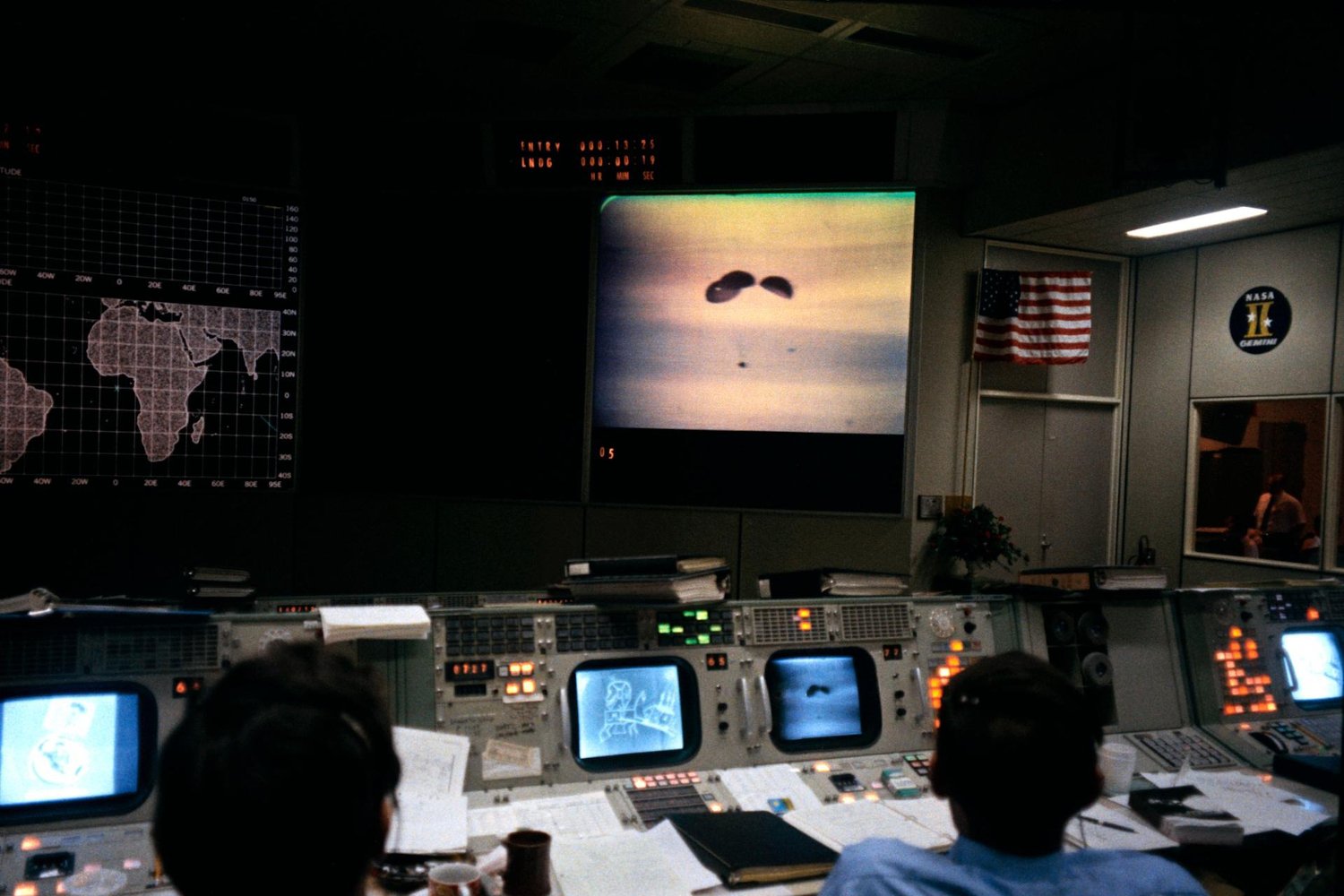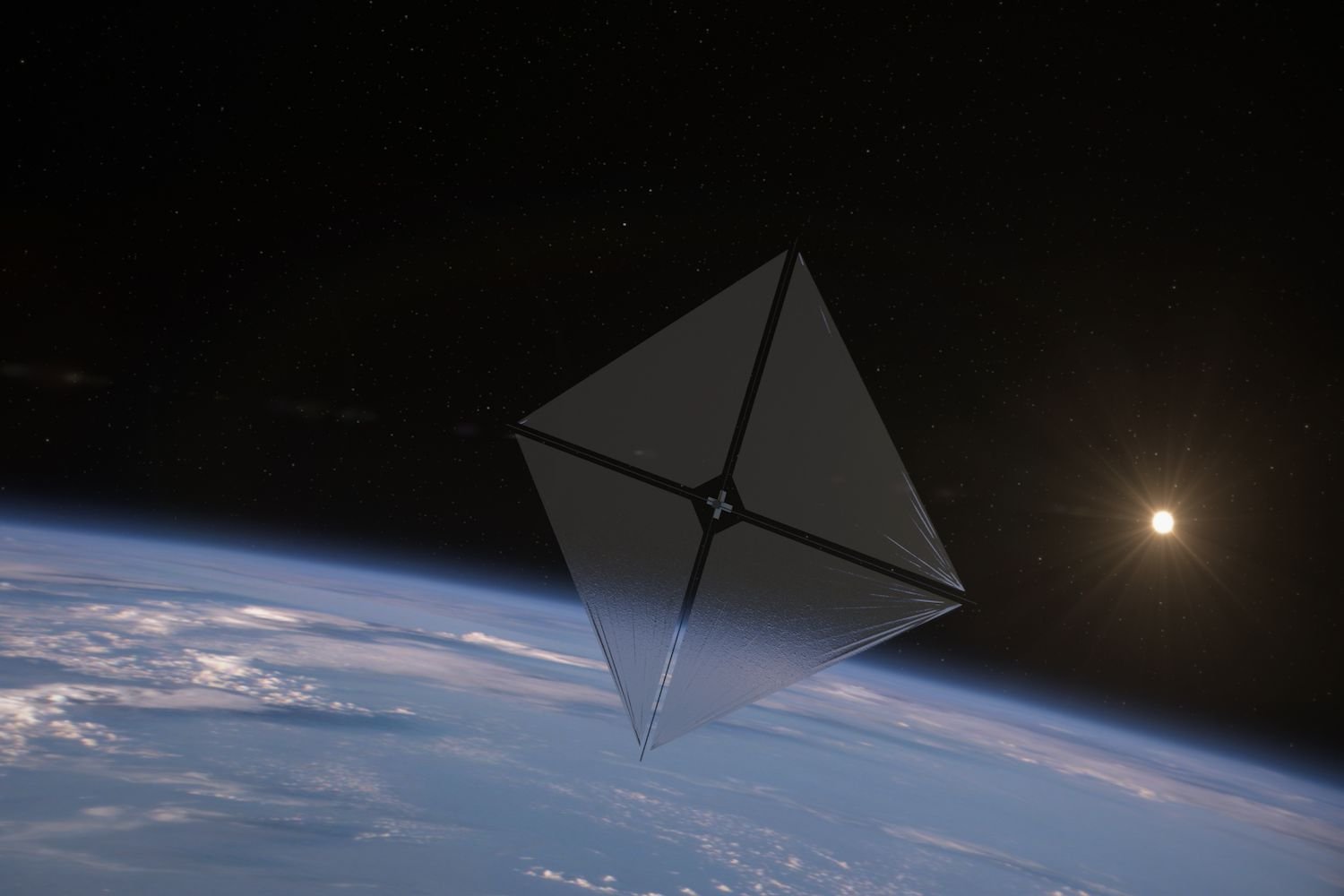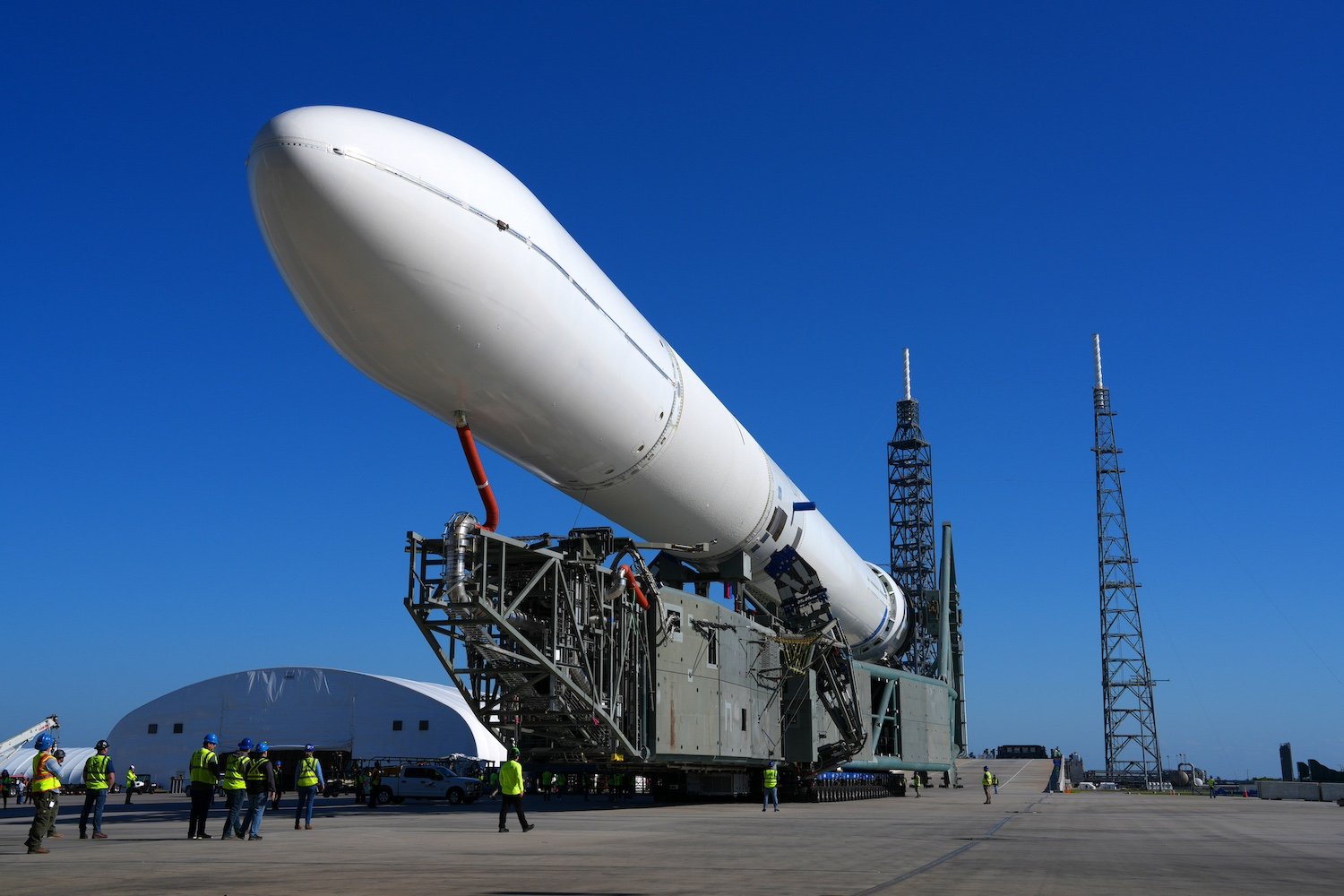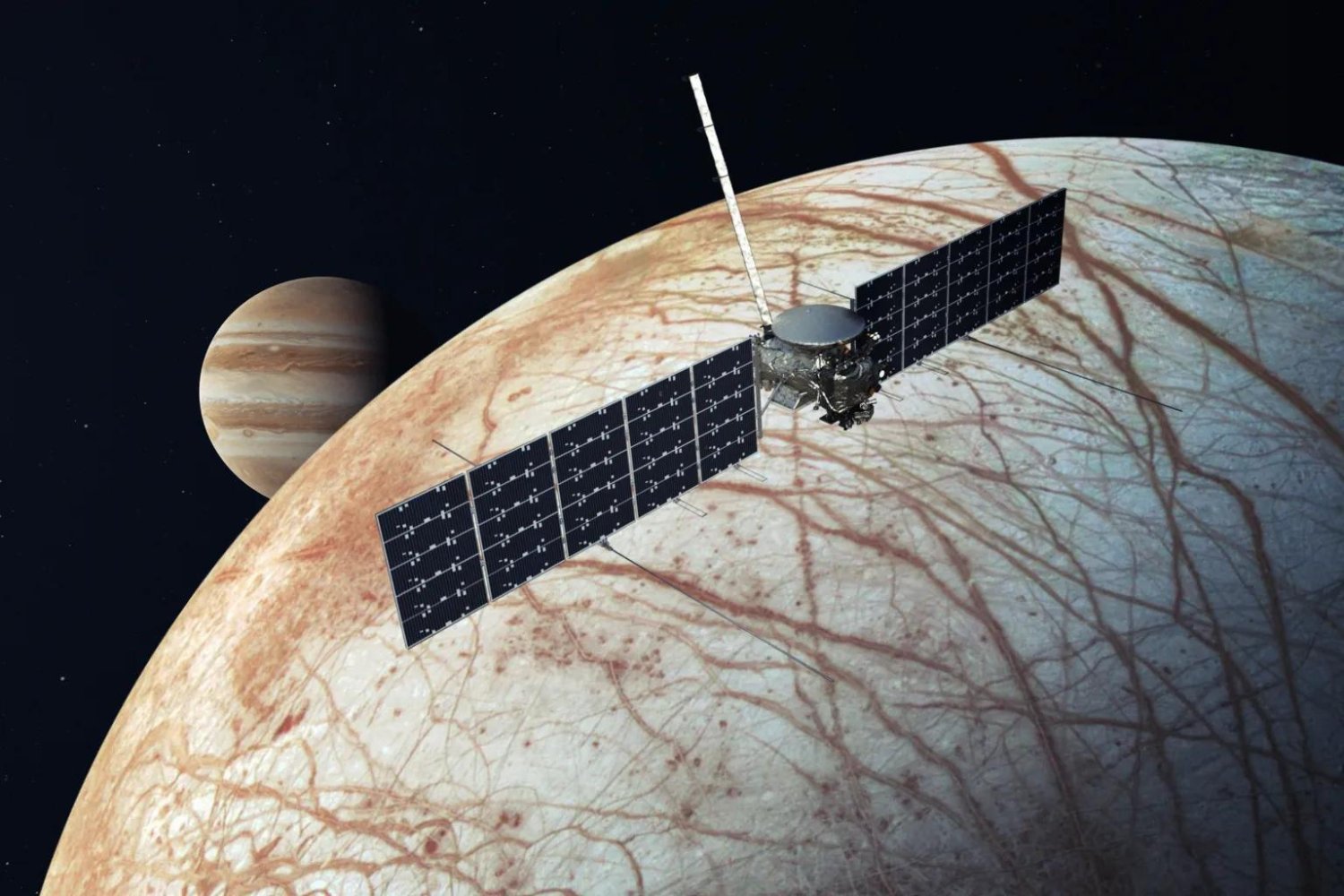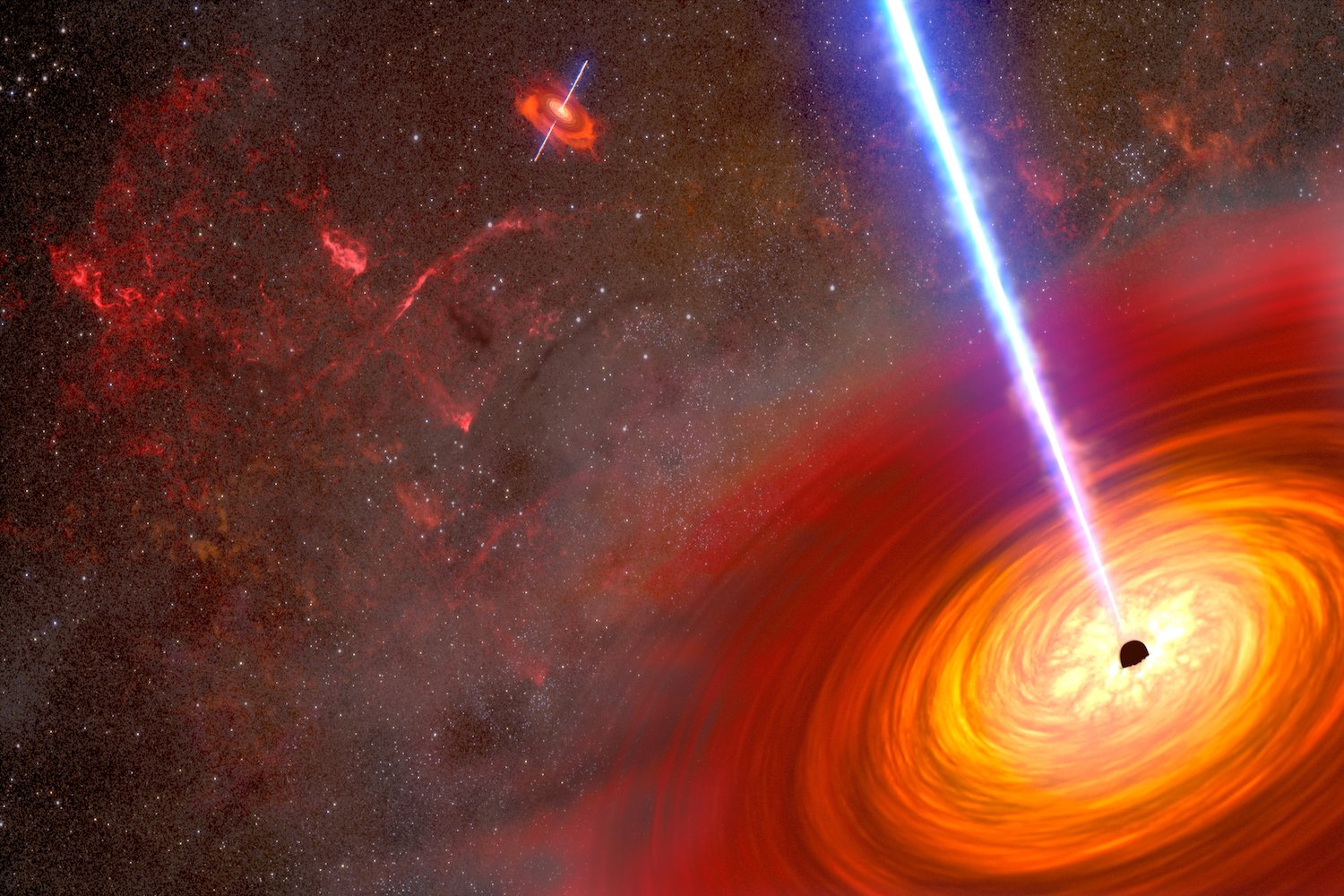A four-person crew has successfully completed a 45-day simulated Mars mission inside NASA’s Human Exploration Research Analog (HERA) habitat at the Johnson Space Center in Houston. This mission provided valuable insights into the challenges and opportunities of extended space travel, focusing on the effects of isolation, confinement, and demanding work conditions on human behavior and performance.
The HERA mission concluded on Monday with the opening of the habitat’s hatch, marking the end of over a month of isolation for the four volunteers. Within the 650-square-foot habitat, the crew conducted 18 studies designed to inform NASA and other space agencies about the human factors involved in deep space missions. These studies explored the psychological and physiological impacts of prolonged confinement, the efficacy of work routines in remote environments, and the challenges of communication delays.
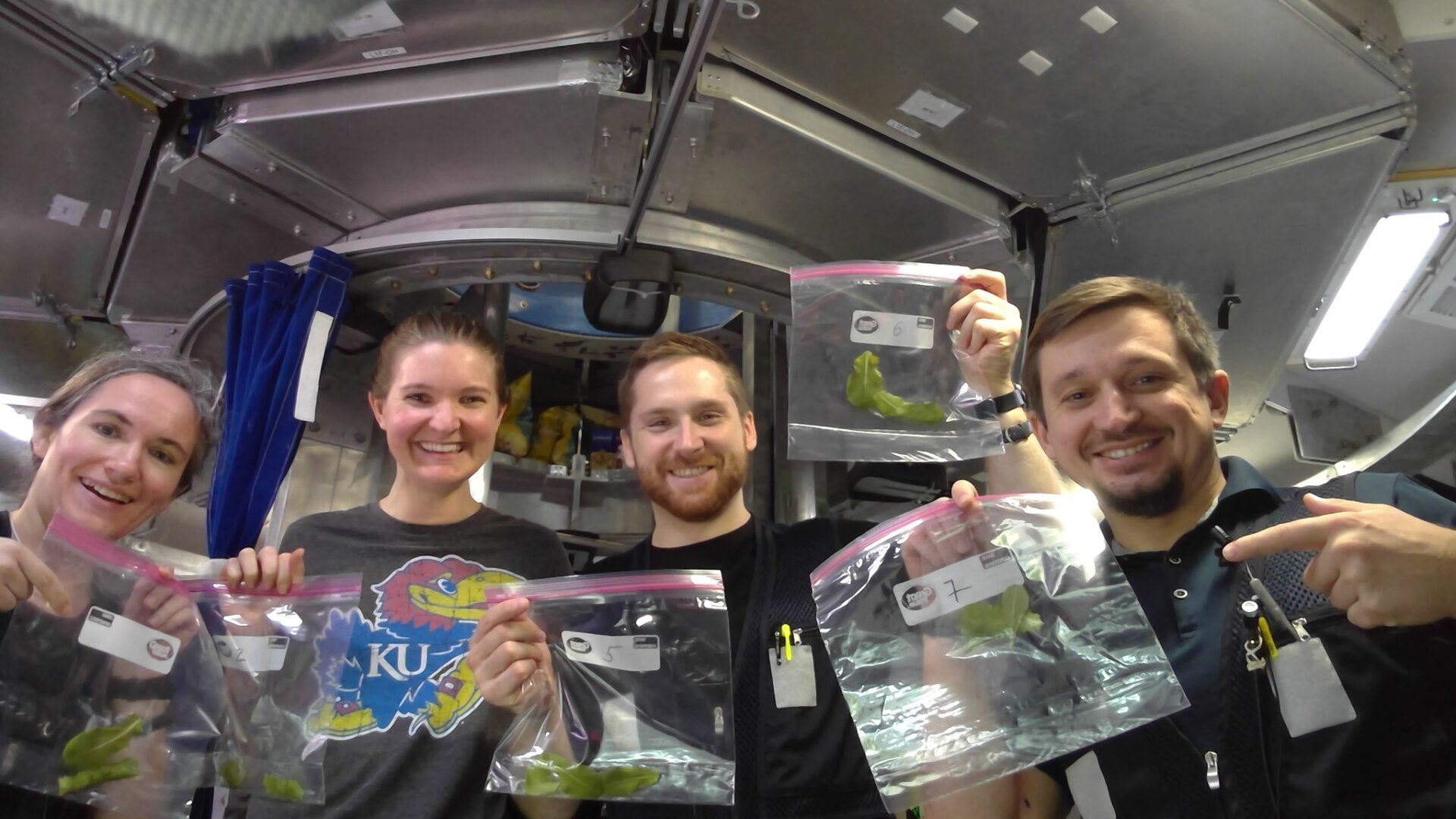 Hera CrewHERA crew members display lettuce grown in the habitat’s hydroponic garden. (CREDIT: NASA)
Hera CrewHERA crew members display lettuce grown in the habitat’s hydroponic garden. (CREDIT: NASA)
This marked the third crew to occupy the HERA habitat, but it distinguished itself through its highly detailed and realistic mission parameters. The crew engaged in activities closely mirroring the tasks astronauts would perform on a real Mars mission. They cultivated a hydroponic garden, deployed a simulated cube satellite for data collection, and even experienced virtual walks across the Martian surface, controlling simulated drones to explore the terrain.
These immersive activities aimed to replicate the demanding and task-oriented environment of a true Mars mission. NASA scientists closely monitored the crew’s behavior and performance to gauge the impact of isolation, confinement, and demanding workloads on their physical and mental well-being. The crew comprised Sergii Iakymov, Sarah Elizabeth McCandless, Erin Anderson, and Brandon Kent.
Throughout the mission, communication delays between the crew and mission control were progressively increased, culminating in a five-minute lag. This lag simulated the communication challenges inherent in the vast distance between Earth and Mars. Researchers were particularly interested in observing how the crew adapted to this delay and developed independent, autonomous workflows.
Previous simulated Mars missions have primarily focused on the physiological, behavioral, and psychological effects of Mars-like conditions. This mission, however, added a significant layer of complexity by incorporating detailed mission tasks and objectives, providing a more comprehensive and realistic simulation of a crewed Mars expedition.
While a crewed mission to Mars is not yet officially scheduled, NASA aims to launch the first human explorers to the Red Planet sometime between 2030 and 2040. These ongoing simulations play a crucial role in preparing for that historic endeavor.
NASA also operates the CHAPEA (Crew Health and Performance Exploration Analog) habitat, a larger 1,700-square-foot facility where volunteers participate in year-long simulated Mars missions. The smaller HERA habitat, while not designed for such extended durations, offers a unique platform for studying shorter-duration missions.
For those interested in contributing to future HERA missions, NASA is actively recruiting healthy, non-smoking volunteers between the ages of 30 and 55. Applications can be submitted through the NASA website. This valuable research continues to pave the way for humanity’s eventual journey to Mars. More information on related topics can be found by searching for “William Shatner simulated Mars survival reality show”.



